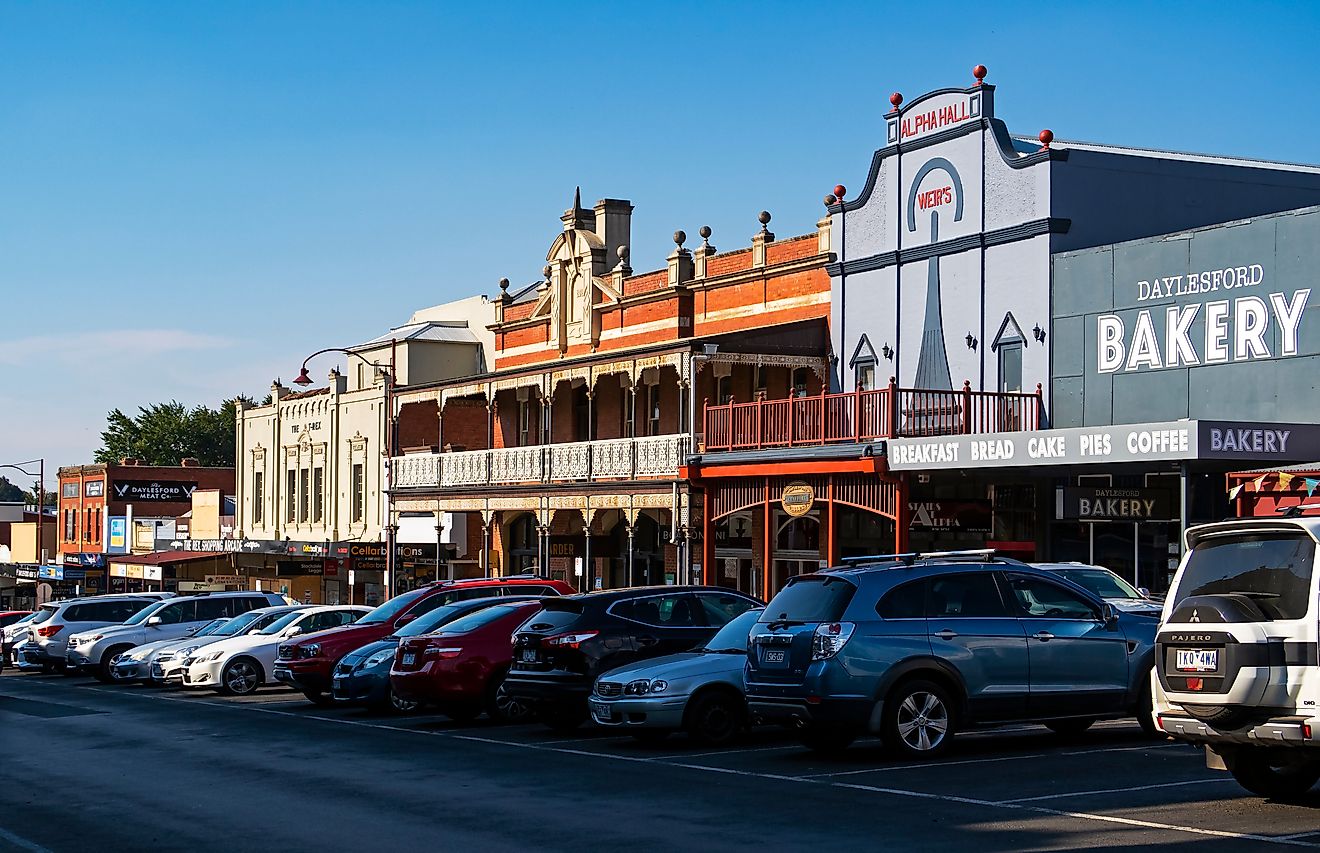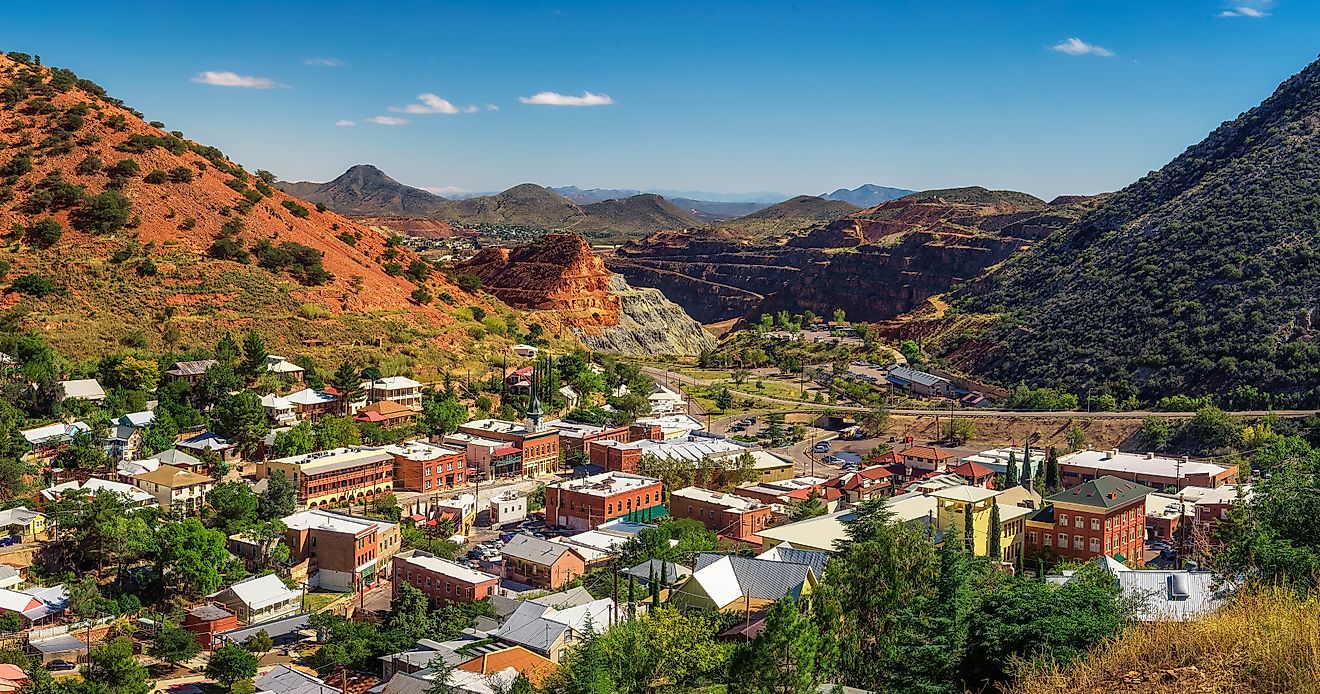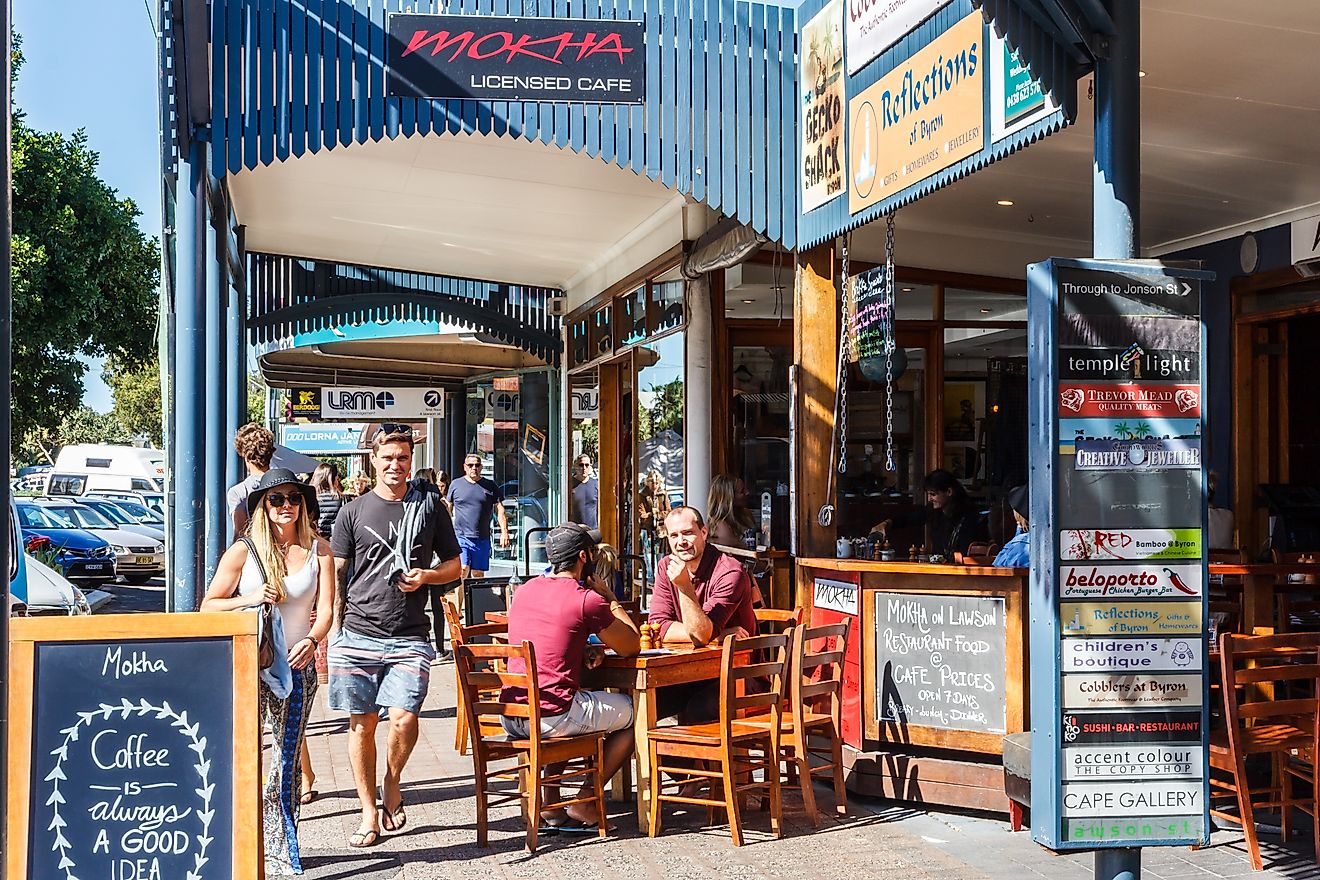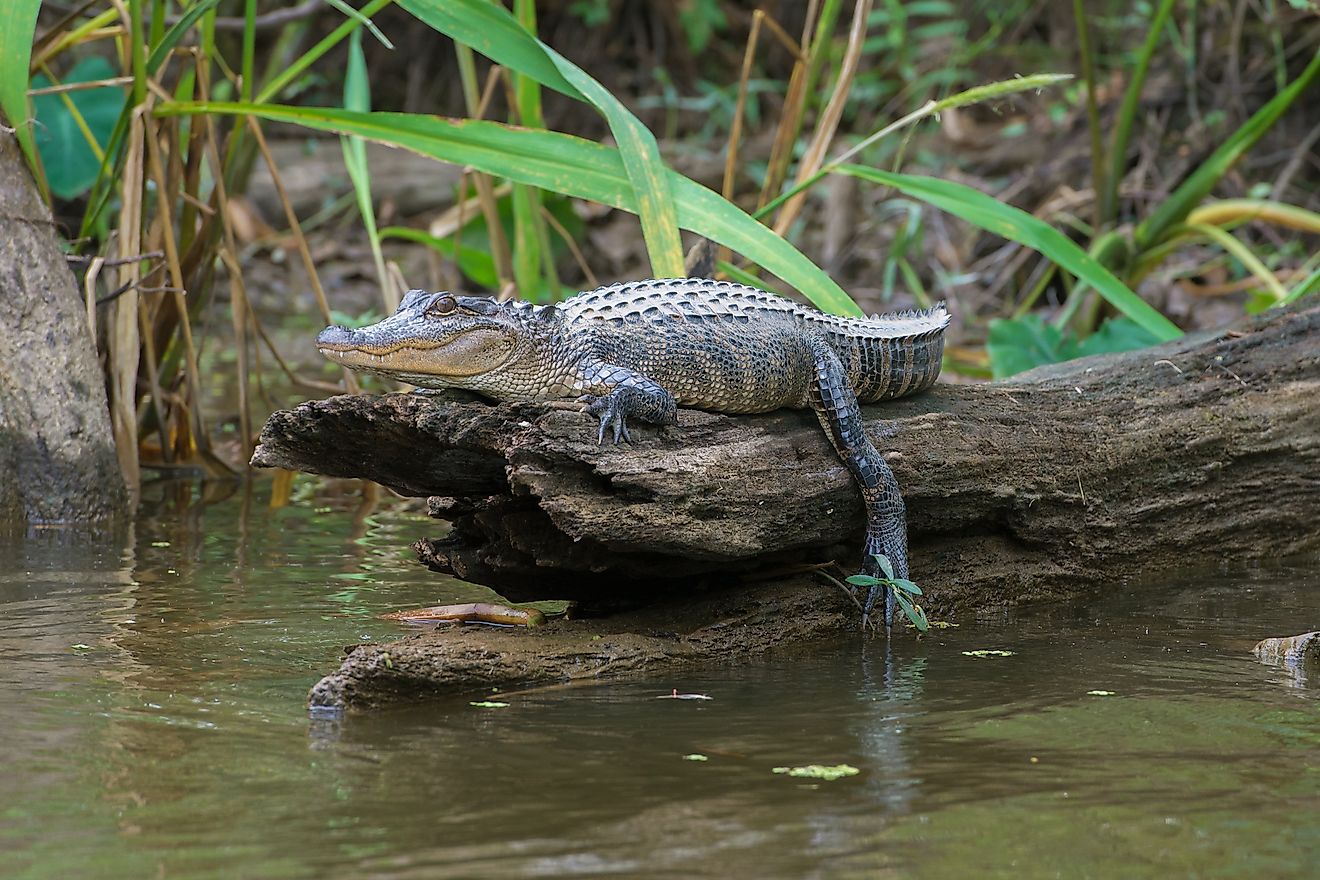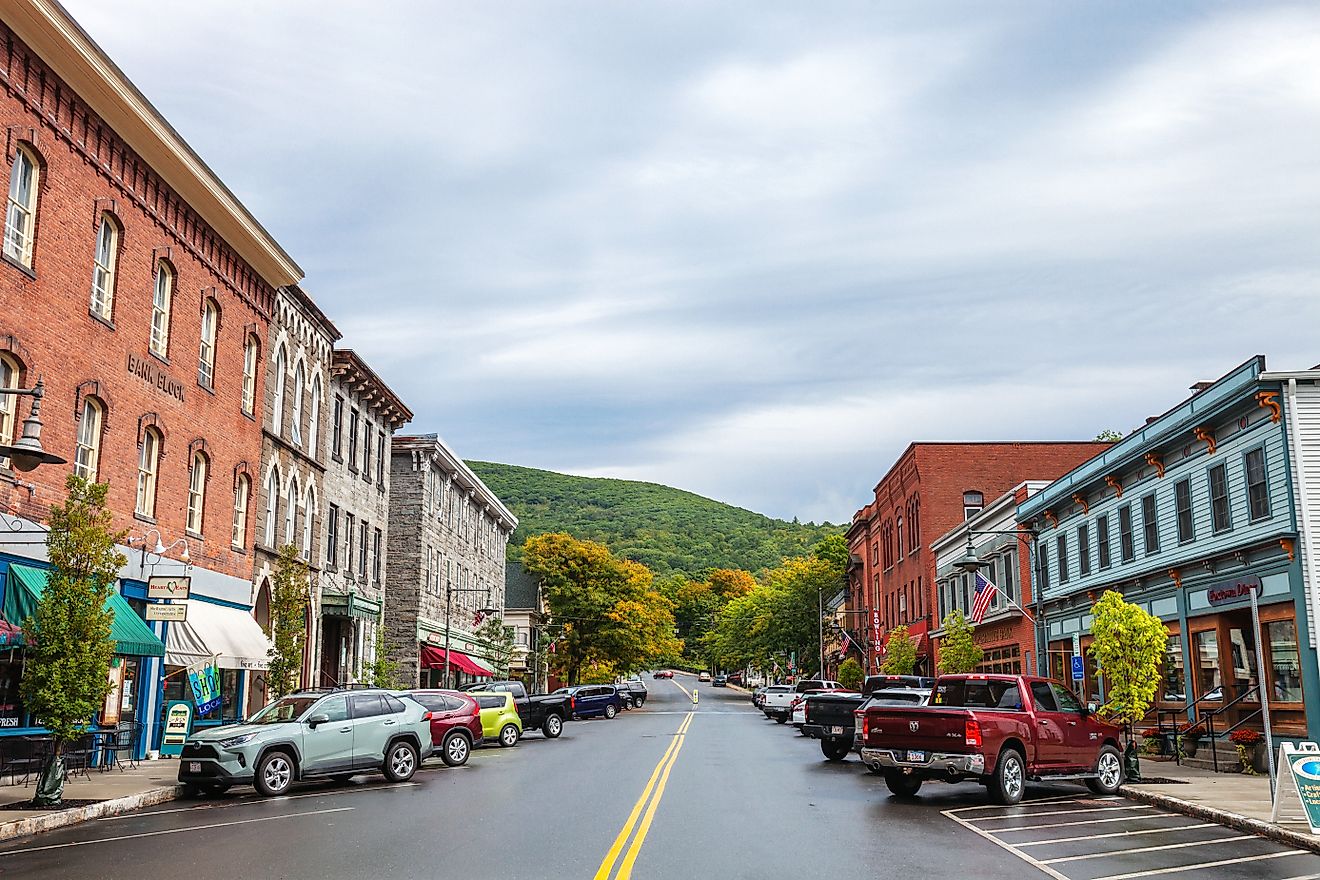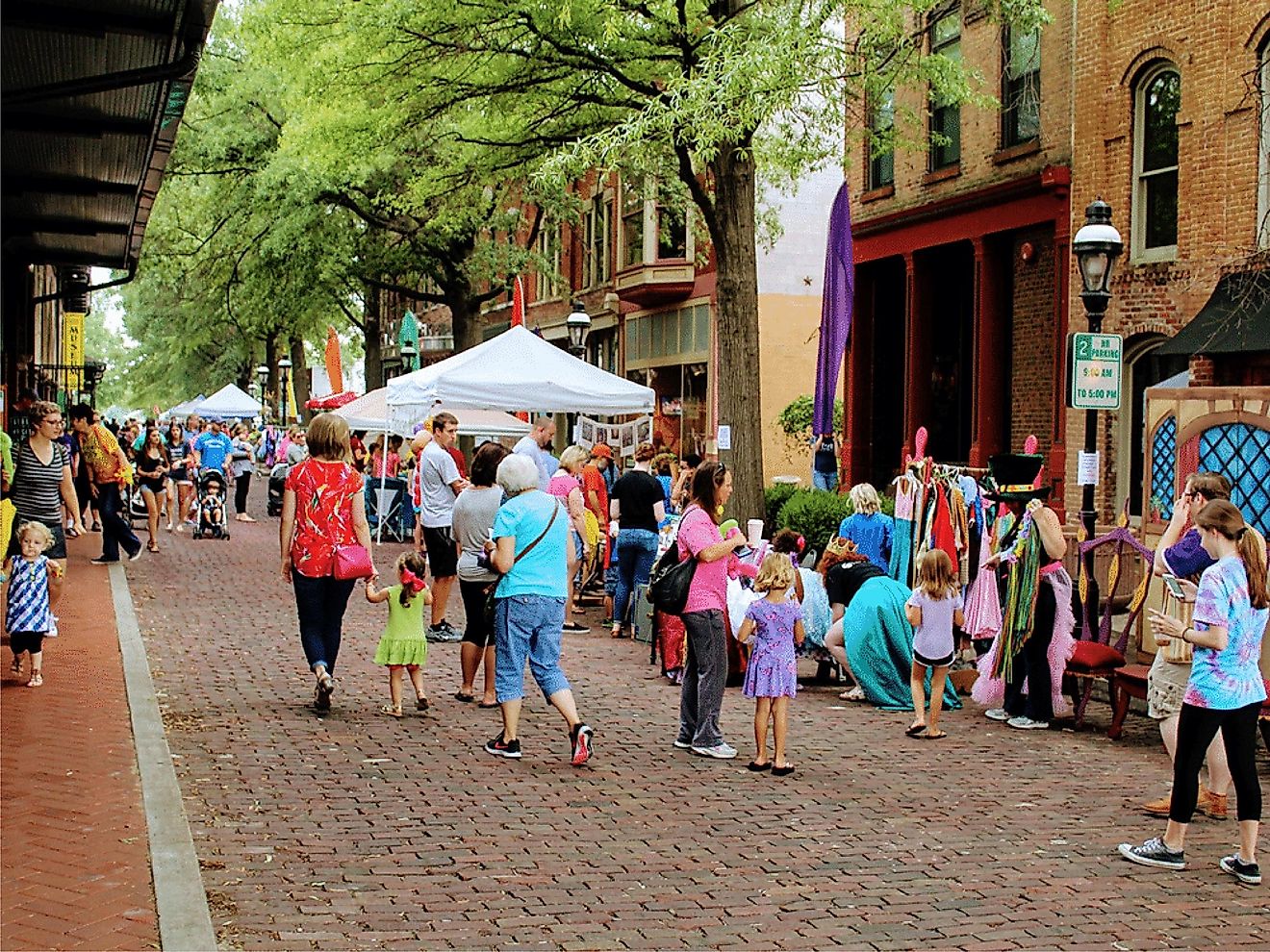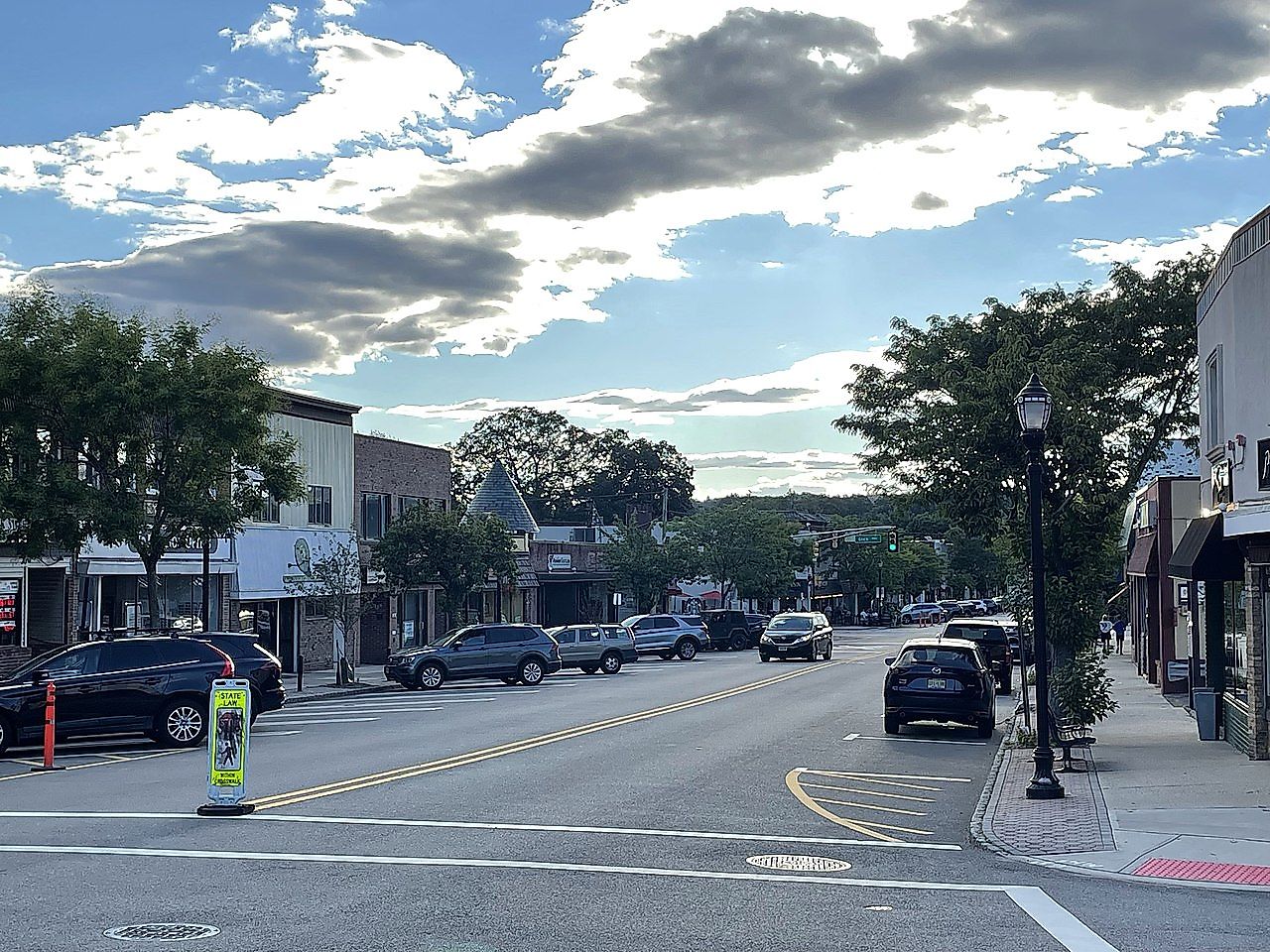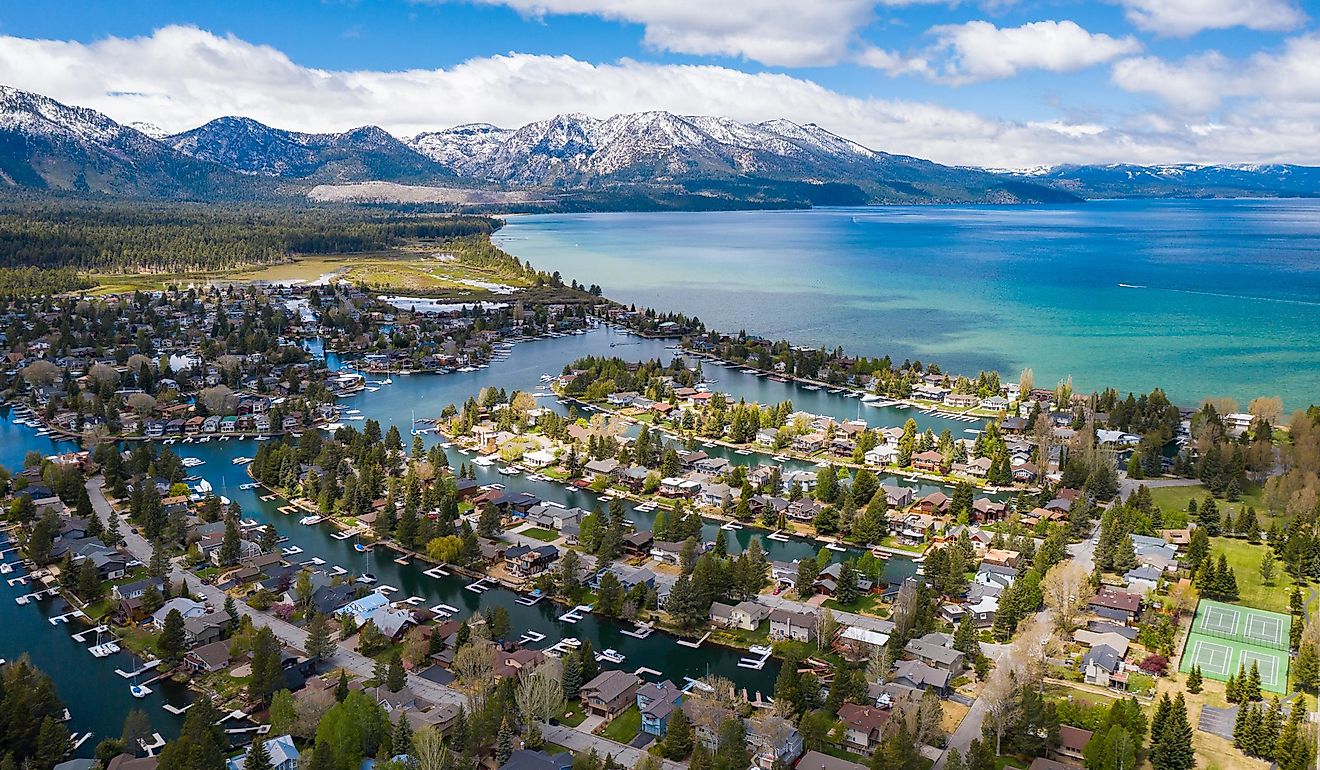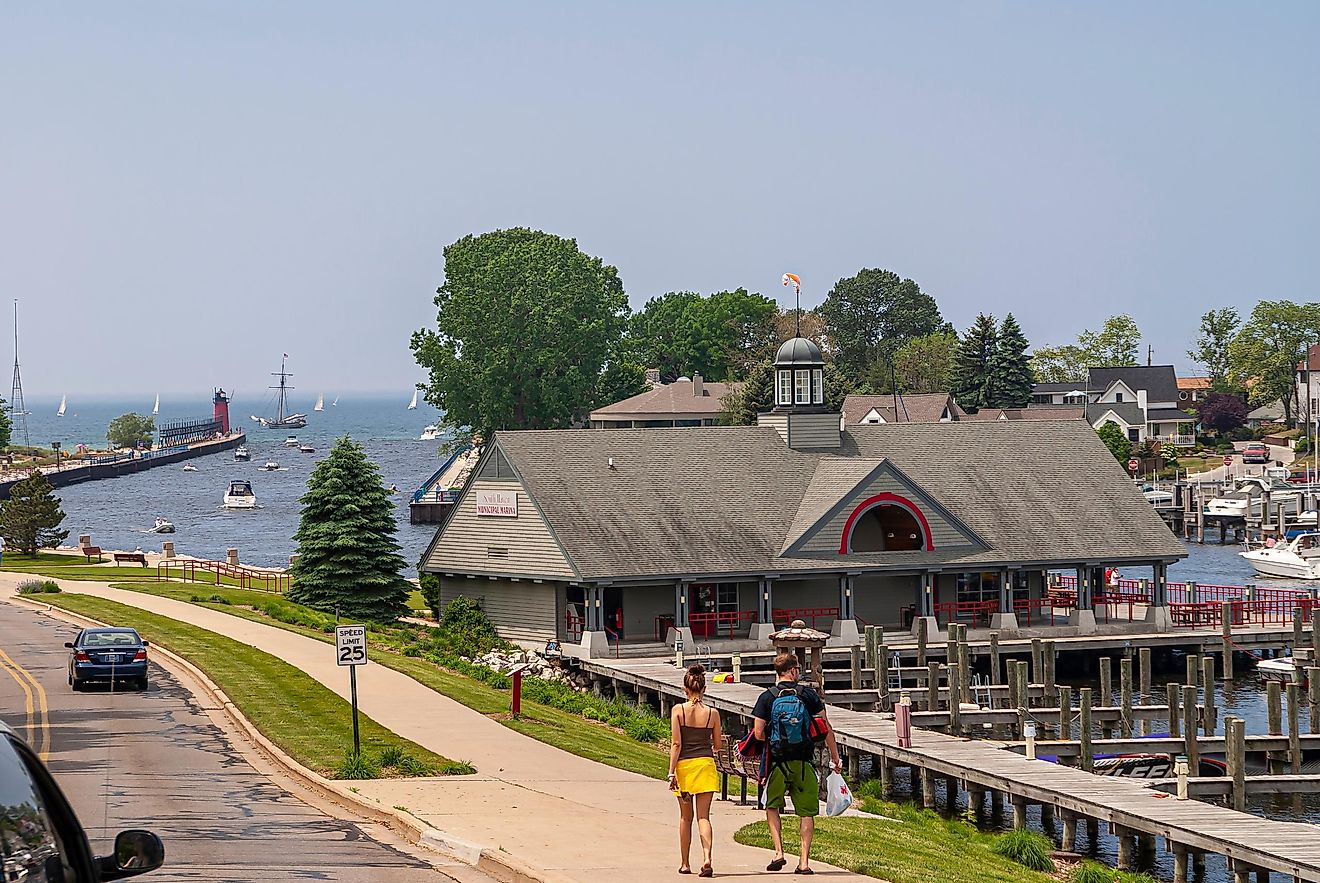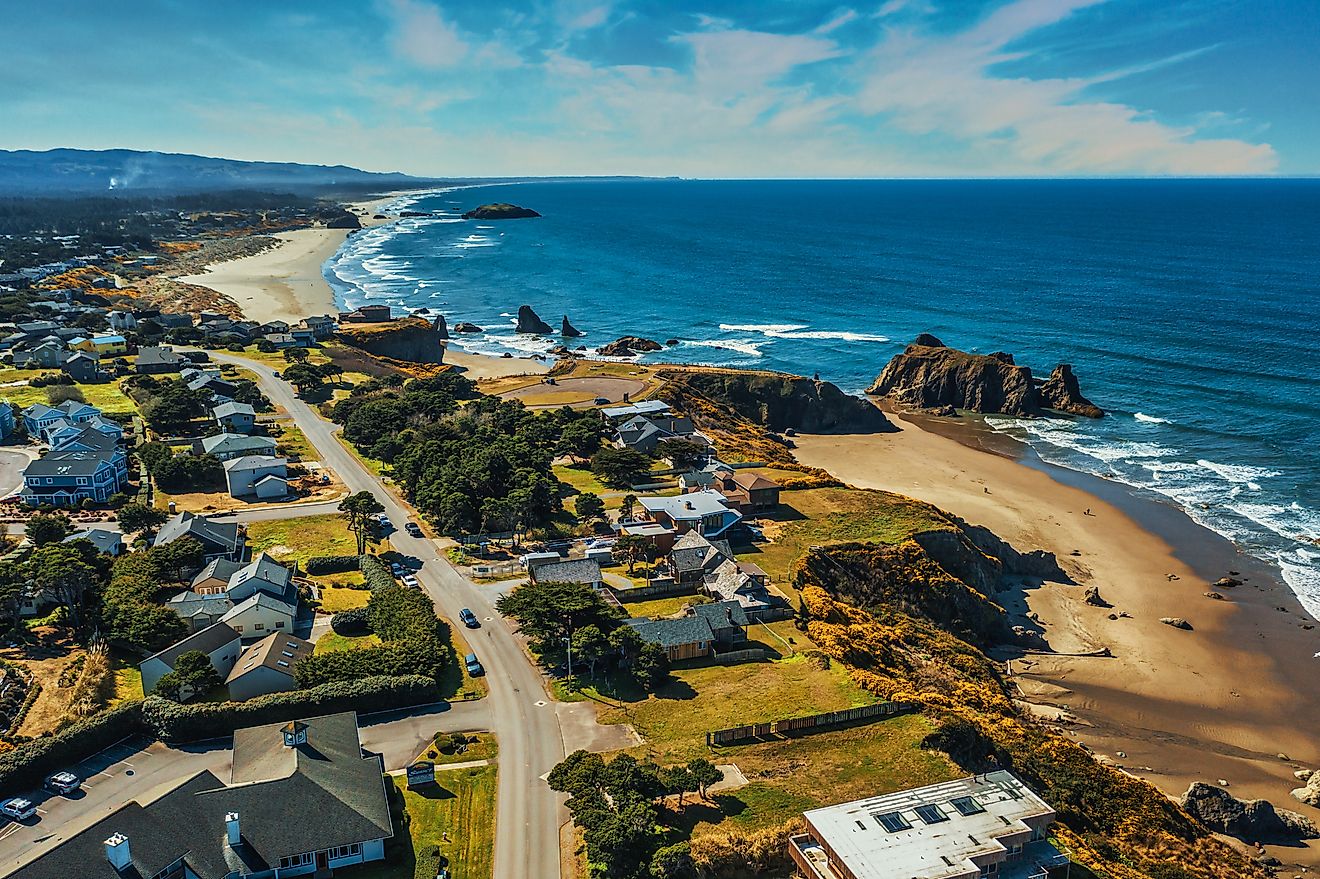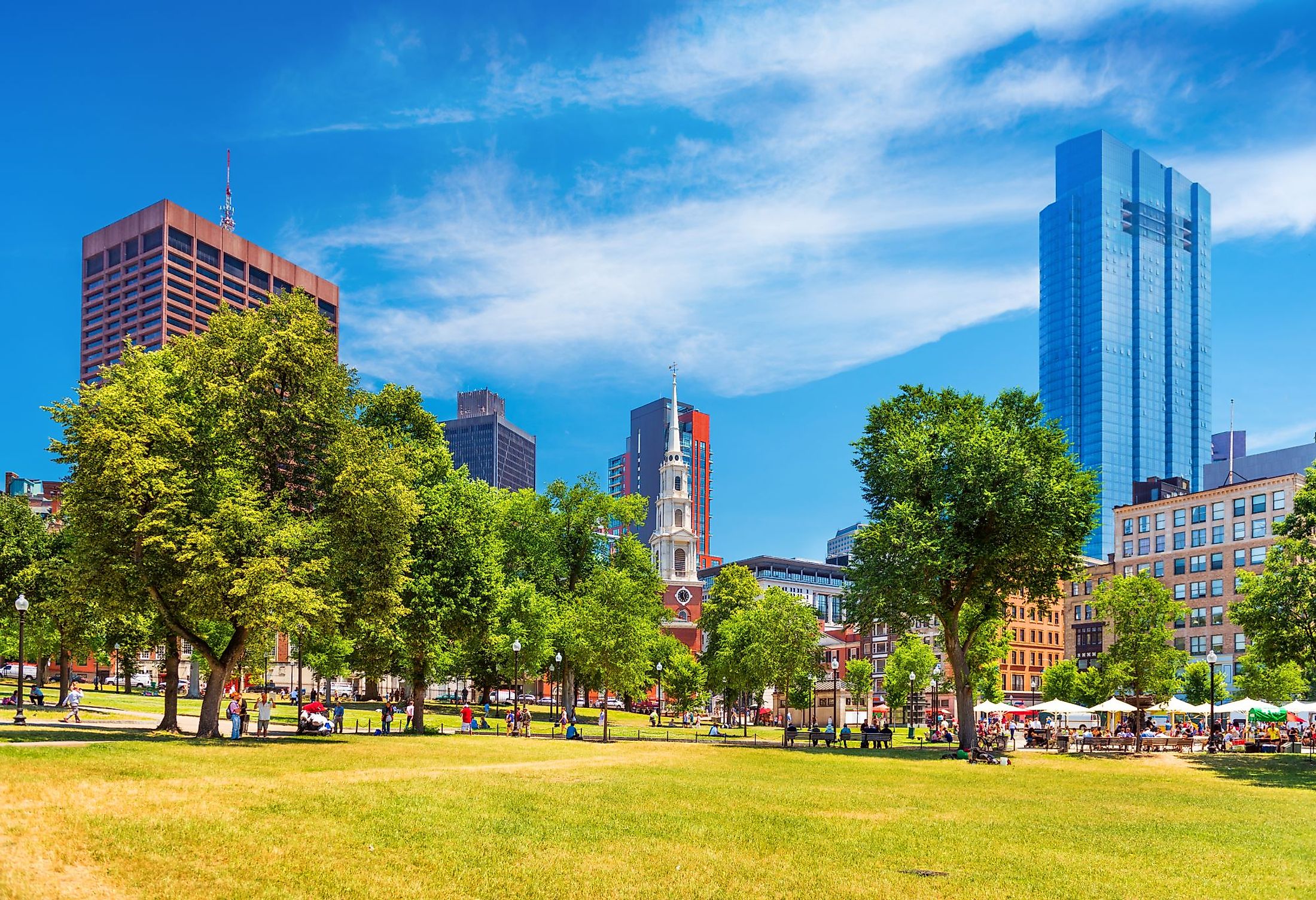
Boston Common, Boston
Boston Common also referred to as the Common, is a 50-acre public park located in Boston - the capital of the US State of Massachusetts. It is America’s oldest public park that was established in 1634. Boston Common is the most visited outdoor place in Boston. The history of the Common sheds light on utilitarian conservation and other similar movements in Massachusetts and the United States. The Common Boston is a part of the Emerald Necklace, which is a long chain of 1,100 acres of nine parks linked by water bodies and thoroughfares. Historically, the park served various purposes, including agricultural, military, and recreational uses. It also served public and juristic purposes like hanging and whipping punishments.
Geography Of Boston Common
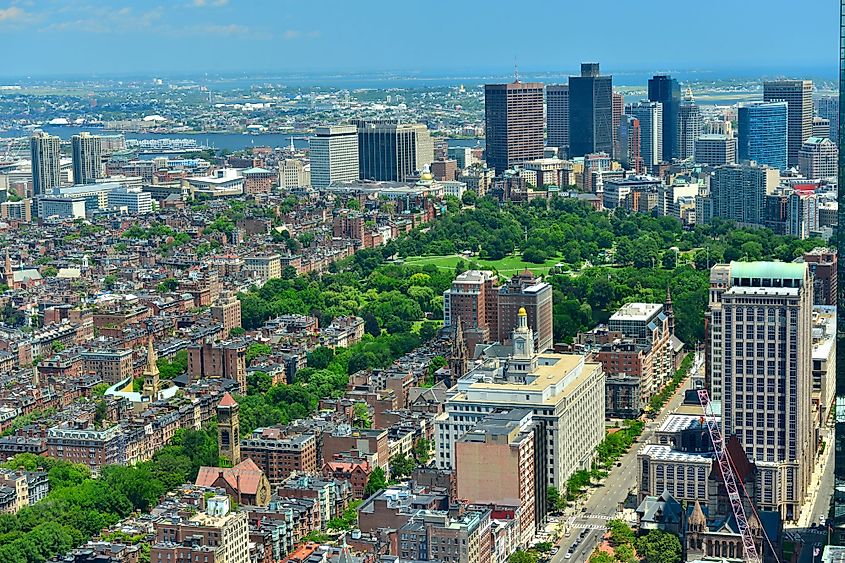
The Boston Common is located in downtown Boston, which is in the northeast region of the US state of Massachusetts. The park is one of the great gems of the Emerald Necklace chain of parks, which consist of Franklin Park, Arnold Arboretum, Jamaica Pond, Olmsted Park, the Riverway, Back Bay Fens, Commonwealth Avenue Mall, Public Garden, and Boston Common. The park's name was inspired by how this chain hangs from the Boston Peninsula’s neck and is an excellent landmark for the capital. The Common is found in the southern region of Beacon Hill, which is one of Boston’s most scenic neighborhoods. Directly west of the Common lies Public Park, which is separated by Charles Street. It was initially considered an extension of the Common but then became an independent landmark. Similarly, the Granary Burying Ground, located east of the Common, was established in 1660 but then became a separate land.
Brief History Of Boston Common
In 1634, the residents of Boston voted to tax each household six schillings to purchase William Blackstone’s farm, which became a common land owned by Bostonians. The Common served several purposes. In the 17th and 18th centuries, it was used as a training point for the military. It also served as a cattle pasture for all Boston residents. The land set an excellent example for utilitarian conservation, by which residents had a limited number of cattle to graze on the Common to safeguard the area from overgrazing. Boston Common was the location of the Boston Elm, a big tree in which many criminals were hung.Moreover, several writings from John Josselyn showed the recreational role that Boston Common had. Men and women enjoyed taking strolls in the charming areas in the Common. The land was developed with the Frog Pond, which was a great attraction site for children to enjoy cool water and fountains. And this is how recreational activities started to dominate. The Lafayette Mall was laid out in the nineteenth century, which was the turning point for the Common from being an open area. As the city’s population grew, cattle grazing became more and more restricted. And gradually, the land became more of a recreational park rather than carrying out other agricultural or military activities.
Things To See In Boston Common
Boston draws visitors all year; however, the best time to visit is between April and November, before the city is inundated with cold weather and snow. Many people visit town throughout the spring for major outdoor events. Families are more likely to visit during July and August when the city organizes exciting outdoor activities such as the Fourth of July fireworks display and summer concert series.
Freedom Trail
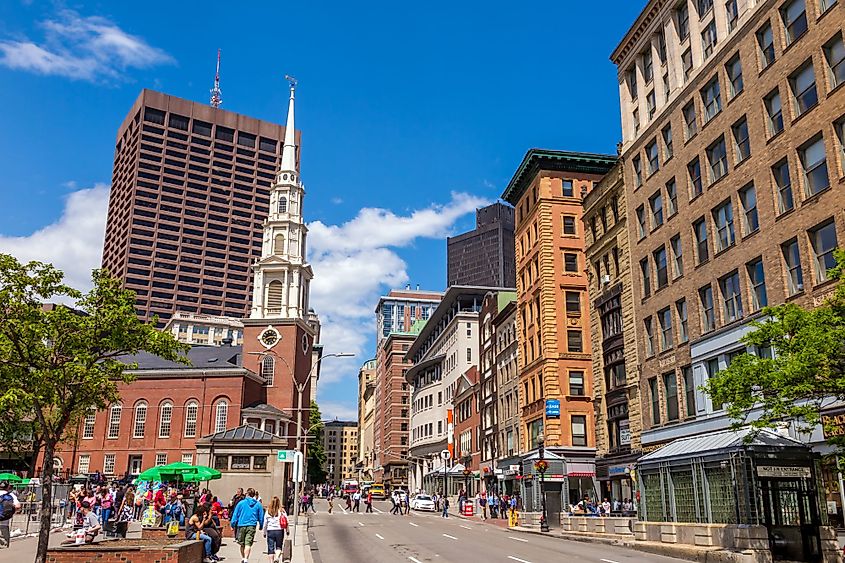
The Freedom Trail is a 2.5-mile-long footpath that travels through many neighborhoods, by which it begins and ends in Boston Common. Along a defined footpath, the trail connects 16 historically significant locations. A guided tour is offered, or one may investigate the route at one's convenience.
Outdoor Spaces
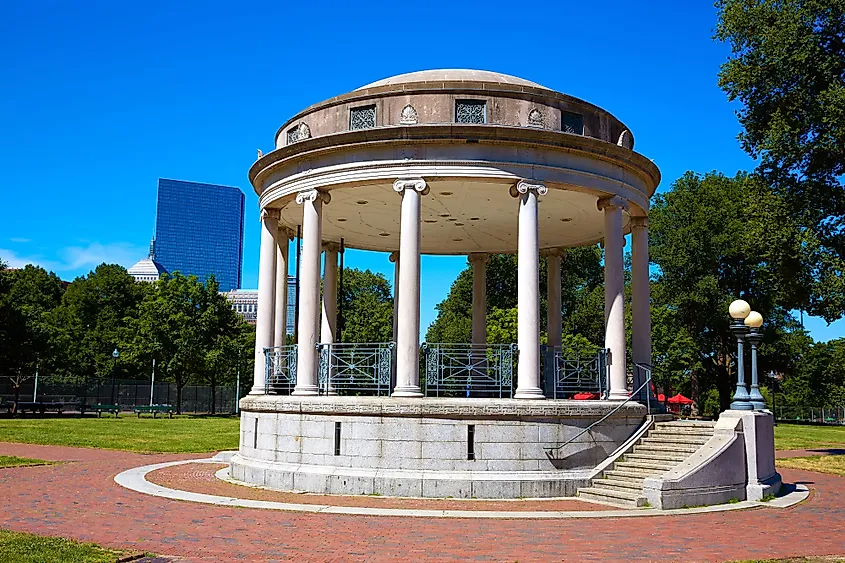
The Parkman Bandstand, established in 1912, is located on the park's eastern edge. It is named in honor of George Parkman, who gave $5 million to the Common. The bandstand is utilized for outdoor performances, political rallies, and speeches. Boston Common also serves as the location for the city's annual Christmas tree lighting event. Moreover, the Frog Pond serves as both a reflecting pool and skating surface during the summer and winter times, respectively.
Monuments And Plaques
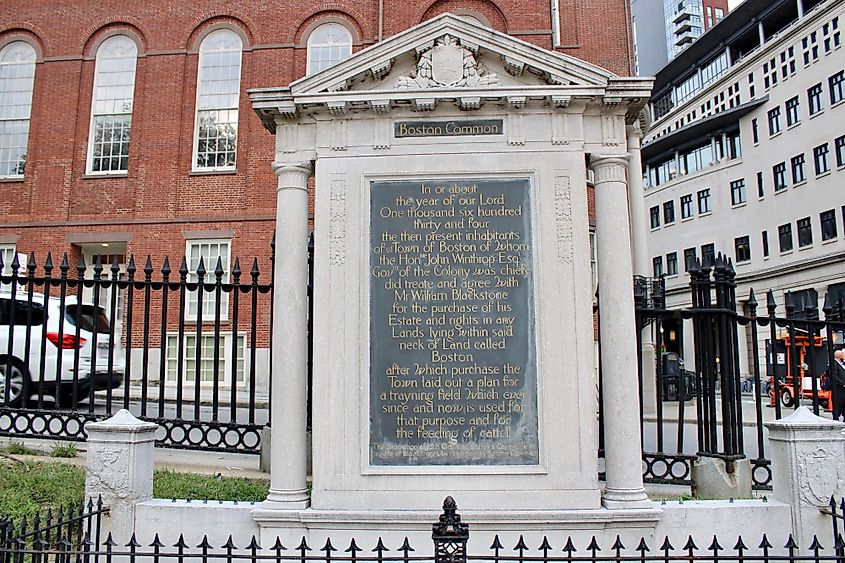
Across Boston Common, you’ll stumble across several monuments located in different areas around the park. At the intersection of Beacon Street and Park Street, you’ll find the Robert Gould Shaw Memorial, which is a bronze statue sculpted by Augustus Saint-Gaudens. It resembles the colonel’s act in leading an African-American infantry march back in 1863. The Soldiers and Sailors Monument, located in the top corner of the park, honors the martyrs of the Massachusetts Civil War. There is also a memorial to those who died in the Boston Massacre. The Oneida Football Monument marks the Common as the location of the first-ever organized football match in the US, which took place in 1862. Last but not least, a replica fountain of the Paris World Fair fountain is also found at the park. Moreover, archaeologists have found evidence of a Native American presence in the area dating back nearly 10,000 years. The original land purchase is commemorated with a historical inscription placed at the junction of Park Street and Tremont Street. The position of the Great Elm Tree, which stood in the center of the Common until it was destroyed by a storm in 1876, is marked by a plaque.
Central Burying Ground
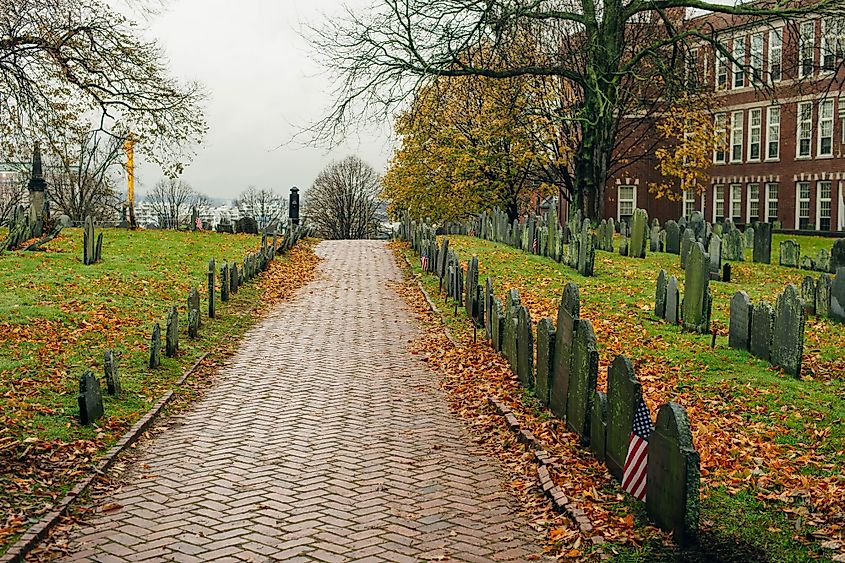
This cemetery holds the remains of British troops and patriots who perished at the Battle of Bunker Hill. The Dell, located on the cemetery's western boundary, features a mass burial of bones discovered during the building of the subway in 1895.
The Boston Common represents the ethos of public conservation in Massachusetts, as well as the trend in American cities to maintain the environment within developing urban areas. Many outdoor activities can be conducted in this park. However, the Common still serves its original purpose for the people of Boston: a pleasant open area in the middle of a busy city.
